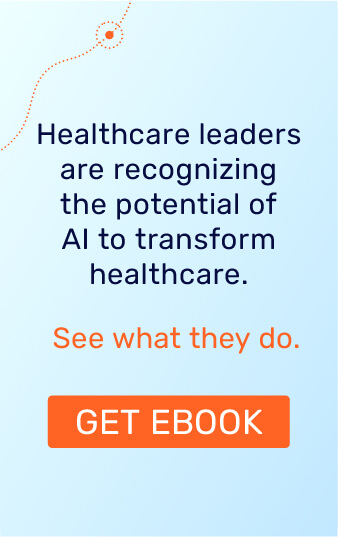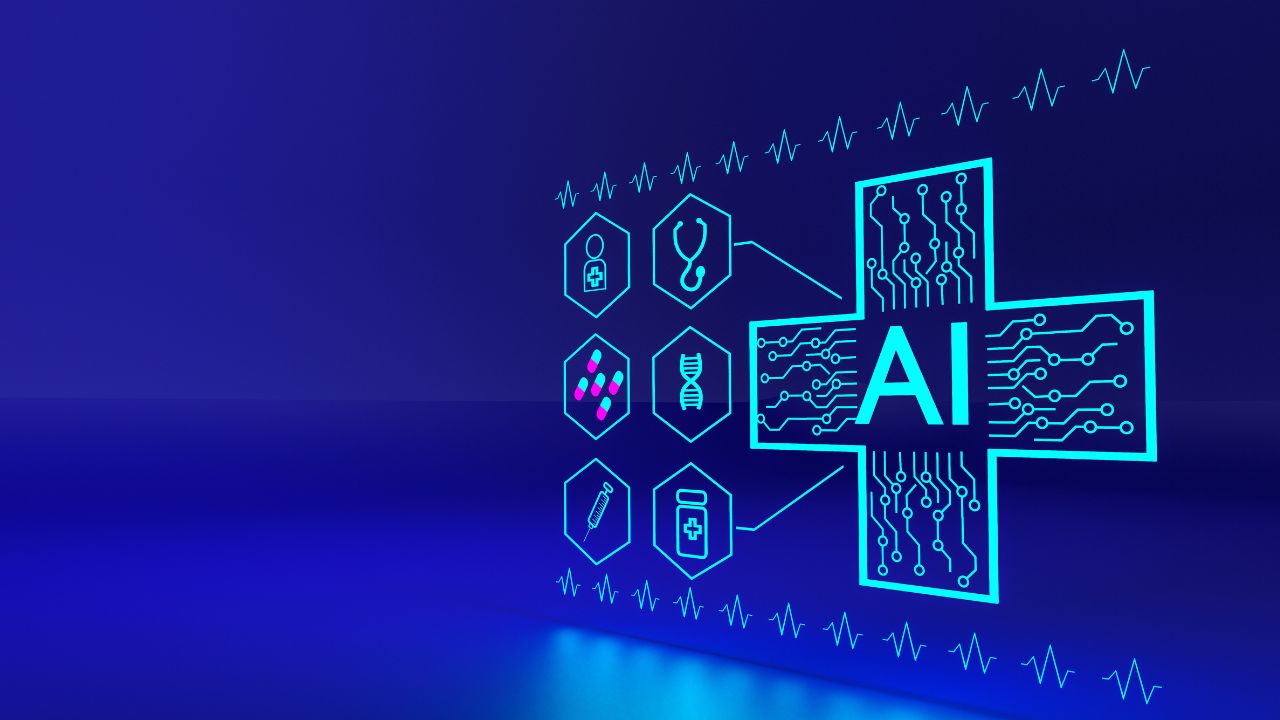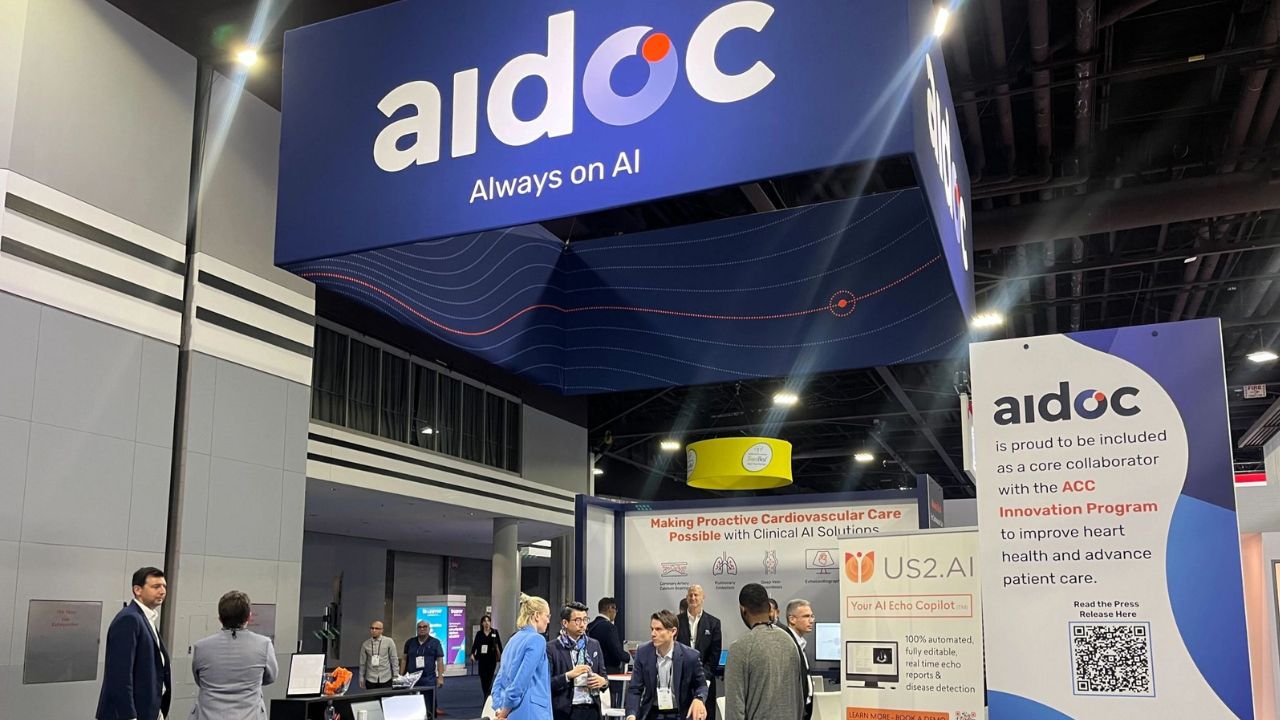In observance of Breast Cancer Awareness Month, we wanted to get some AI insights from our partners at ScreenPoint Medical, a leading company that develops and markets image analysis and machine learning applications and services to improve early detection of breast cancer.
How is AI impacting breast cancer screenings?
Deep learning AI is having a transformative impact in healthcare and we know as a company that breast screening is one area where it can add real value in the short term.
While there are large numbers of women being screened, there are in fact only about 5 to 6 detected cancers per 1,000. This means the radiologists have to be on their game all the time with an ever increasing workload compounded by complexity of available imaging modalities such as 3D mammography. This is set against a global backdrop where there just aren’t enough breast radiologists available and burnout is on the rapid rise.
From a clinical standpoint, it’s very straightforward. Our goal is to provide decision support to clinicians in two key ways and these are supported by a wealth of independent peer-reviewed clinical publications:
Increasing the early detection of breast cancer
Reading mammograms with the aid of Transpara Breast AI can help detect up to 45% of interval cancers. We have 3 large studies from Sweden, Netherlands and Denmark that have shown that Transpara helps with earlier detection especially on mammograms with minimal signs.
Flagging high risk cases
While our AI identifies up to 70% of screening exams as normal, it also highlights the cases that are in the high-risk category. ScreenPoint helps radiologists focus more time on the exams that need it. In clinical settings, our algorithm can significantly reduce workload, decrease reading time, and help reduce unnecessary callbacks. We have worked and continue to work with multiple organized screening programs who are currently using our AI prospectively to address the shortage of radiologists and enhance their cancer detection statistics.
How do we drive wider adoption of AI for breast cancer screening?
We know and understand how challenging such a change to AI can seem. Despite these challenges, ScreenPoint has worked extensively with organized screening programs, large healthcare groups and small sites to implement. We continue to work with and listen to our customers while understanding their needs and the complexity of their workflows.Their feedback guides our development program.
Seamless integration is vital for adoption and a topic our development team holds close to its heart, working with a wide portfolio of vendors to deliver practical solutions. Vendor neutrality is not just for the PACS and workstations but also critical for the major 2D and 3D mammography units that are in use.
To put this into perspective, what is the point of being compatible with only 2D when you are using 3D? Or if you have mixed vendor mammography units, you can only use AI on one provider and not the others?
In today’s market, we are seeing a ground swell in screening programs driven by 2 main things:
- Organized screening programs see the large amount of independent clinical evidence and presentations on the safe prospective use with our solution. They are hearing from many countries about the great results from the early adopters and are under increasing pressure in their own countries as they are seen to be falling behind. Many are now evaluating breast AI with the realization of how important this is for the future of their own healthcare provision.
- Organizers of proactive screening programs are approaching us to find a more efficient and better way of screening. Due to confidentiality, we cannot reveal much about this but we can say the wealth of clinical evidence opens a lot of opportunities to bring AI to the fight against breast cancer.
What value does ScreenPoint see in partnering with other AI providers?
From our perspective, we will not take a scattergun approach when it comes to selecting partners. We follow strict criteria and will only partner with the select group who are aligned with the right approach, values, working collaboratively to help our customers find the best solution. We only consider partnering with organizations that share our values and standards of performance. Another important criteria relates to seamless integration as this is an area that can be difficult for our customers.
Take Aidoc for example, they review the AI solutions and assess which solution is the most robust in terms of clinical evidence, regulatory clearances and many other criteria before partnering and we do the same. They also look at the impact of integration into a facilities workflow, ensuring they are meeting the customers needs, reducing any backlog concerns with their new software platform.
Aidoc’s operating system (aiOS) makes a lot of sense, and their attention to detail on security is second to none. These benefits of secure deployment and partnering to approach the market is exactly what we look for. We bring our expertise in the breast field with our clinically proven solution and together with Aidoc, we are stronger and better.
What do you think the future of healthcare AI looks like? Where would you like to see it go for patient benefit?
The AI hype is still strong, and we do not want to play in that world. AI has been around for a long time. It is in our daily lives, the everyday tools we use, and has been in medical devices for a long time. However, I believe we are still in the early days of AI adoption due to integrated solutions, and third party developers still developing solutions for the complexities of a seamless integration between multiple vendors.
With that said, we continue to see impressive milestones for our AI solution. Worldwide, we have processed over 3 million women’s mammograms and lead the way in clinical evidence with the largest number of independent internationally recognized peer-reviewed publications of any deep learning breast AI solution.
Thus, it is clear that AI supported clinical decision making is here to stay. In fact, I believe those clinicians adopting and leveraging AI tools within their practices will benefit through higher levels of detection, prediction, and diagnosis while improving productivity. Ultimately, this will make those imaging practices who adopt AI solutions as a partner in the breast health continuum more competitive than those who choose not to.
We are going to continue working with clinicians in the US and around the world to try to make sure as many breast cancers as possible are found at the earliest stages. So together, we can help to improve survival rates and ensure that every woman receives the world class care she deserves.
About ScreenPoint Medical
ScreenPoint Medical was founded in 2014 by Professor Nico Karssemeijer of Radboud University Medical Center in Nijmegen, The Netherlands and Professor Sir Michael Brady of Oxford University, United Kingdom. Their goal was to harness the power of Artificial Intelligence to reduce the growing death toll caused by breast cancer.
They wanted to develop and bring to the market innovative machine learning solutions to improve breast cancer screening and diagnosis. With a team of specialists in machine learning, image analysis, and breast imaging, ScreenPoint Medical developed the market leading AI software, Transpara®, for reading mammograms.
Clinical studies show that the FDA cleared decision support software matches experienced radiologists in detecting early breast cancers and allows them to improve quality and efficiency of breast cancer screening. Transpara is already used in hundreds of clinics in 30 countries worldwide. The effectiveness of Transpara has now been endorsed by more peer reviewed published research papers than any other breast AI solution.










